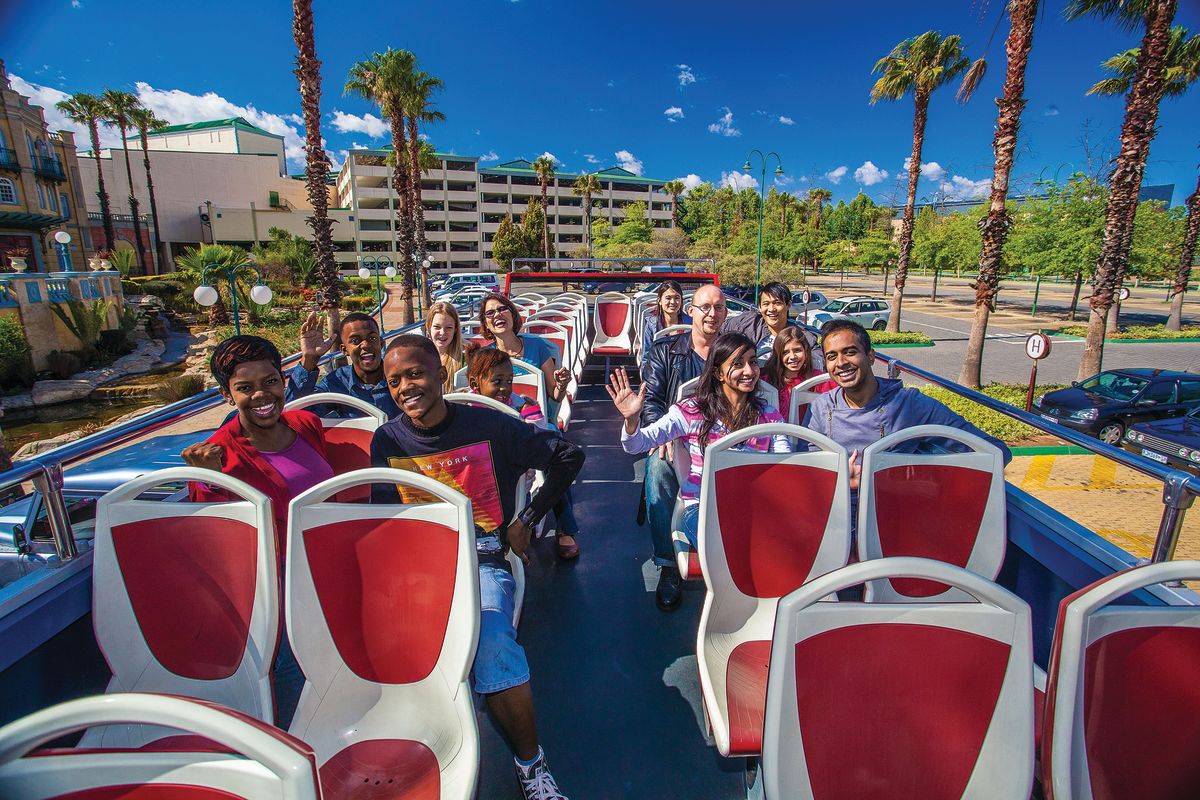The Johannesburg North Attractions Statements
The Johannesburg North Attractions Statements
Blog Article
Some Known Questions About Johannesburg North Attractions.
Table of ContentsThe Best Guide To Johannesburg North AttractionsThe Only Guide to Johannesburg North AttractionsJohannesburg North Attractions for DummiesIndicators on Johannesburg North Attractions You Should KnowThe Only Guide for Johannesburg North Attractions5 Easy Facts About Johannesburg North Attractions Described
The city expanded on the side of the Witwatersrand Main Reef, a below ground stratum of gold-bearing quartz-silica conglomerate that arcs for hundreds of miles below the Highveld - Johannesburg North attractions. Many of the gold mines in the city discontinued operation in the 1970s, but in its day the Witwatersrand gold industry accounted for even more than 40 percent of the globe's yearly gold manufacturing.Johannesburg has a temperate climate. Summer temperature levels average concerning 75 F (24 C); winter temperature levels balance regarding 55 F (13 C) and just sometimes dip below cold. The city enjoys about 8 hours of sunlight each day in both wintertime and summer season. Rainfall averages regarding 28 inches (700 millimetres) per year, however the complete varies considerably from year to year.
What rainfall the city obtains falls nearly exclusively in the summer season months, usually in incredible late-afternoon electric storms., where numerous residents still depend on coal for fuel.

The Ultimate Guide To Johannesburg North Attractions
The equilibrium of the city is occupied by whites. Lodging differs in personality and quality.
Physical growth, although rather limited by transportation, continued rapidly as migration to South Africa, and Johannesburg in specific, enhanced drastically.
The majority of poor residential areas were mixed, with poor blacks and whites living together, although the wealthy residential areas were typically scheduled for whites.
The previous system of eleven numbered areas was reorganised in 2006. Marshalltown, as seen from the top of the Carlton Centre. The M1 and M2 run behind the structures, and the southern suburbs extend past the highway limit. The internal city of Johannesburg lies within the city's Region F. The number of individuals living in the internal city on a casual basis is unidentified, as many are prohibited navigate to this website immigrants. The unemployment, education, and age profiles of the location are all unidentified, due to the difficulty of obtaining reputable information regarding the location.
Some Known Details About Johannesburg North Attractions
Yeoville and Bellevue have a mix of apartment and single property systems on little whole lots. The area is located on a mountainous divide that runs from eastern to west. The most obvious geographical attribute is Observatory Ridge, which is named for the huge observatory situated on it. The entertainment spaces are no much longer used, because of protection issues.

Not known Details About Johannesburg North Attractions
The eastern residential areas are some of the oldest areas of Johannesburg, there are large neighborhoods of Jewish and other European histories, the bulk of the populace is English talking. There are 3 golf training courses as well as a number of safeguarded ridges with viewsites.
The location is mostly made up of old "matchbox" houses, or four-room residences constructed by the government, that were built to provide economical lodging for black employees throughout racism. Soweto is an acronym, standing for "South Western Townships". Street after street around is lined with matchboxes; nevertheless, there are a few smaller locations where prosperous Sowetans have constructed houses that are a lot more similar in stature with those in more wealthy suburban areas.
Hostels are an additional popular physical feature of Soweto. Initially developed to house male his explanation migrant workers, numerous have actually been enhanced as houses for pairs and households. The N1 Western Bypass skirts the eastern border of Soweto. The suburb was not historically allowed to create employment centres within the location, so mostly all of its residents are commuters to other parts of the city.
Johannesburg North Attractions for Dummies
The residential areas in the north suburbs are mostly official, with no considerable locations of informal real estate, or housing that does not have a permanent structure. This is a well established area, there is a fad of land usage change from domestic to industrial, specifically along primary arterial roadways and around established nodes.
The area is well attached to roadway networks, especially along the north-south axis developed by the M1 and N1. Roads to the east and west are much less well developed, as there are no highways taking a trip in that instructions. In the direction of the northern boundary of the city, the density of growth lowers, leaving big areas of primitive land around Midrand.
Johannesburg North Attractions - The Facts
, which visit this site right here is situated on a hillside overlooking the internal city and Hillbrow.
Report this page